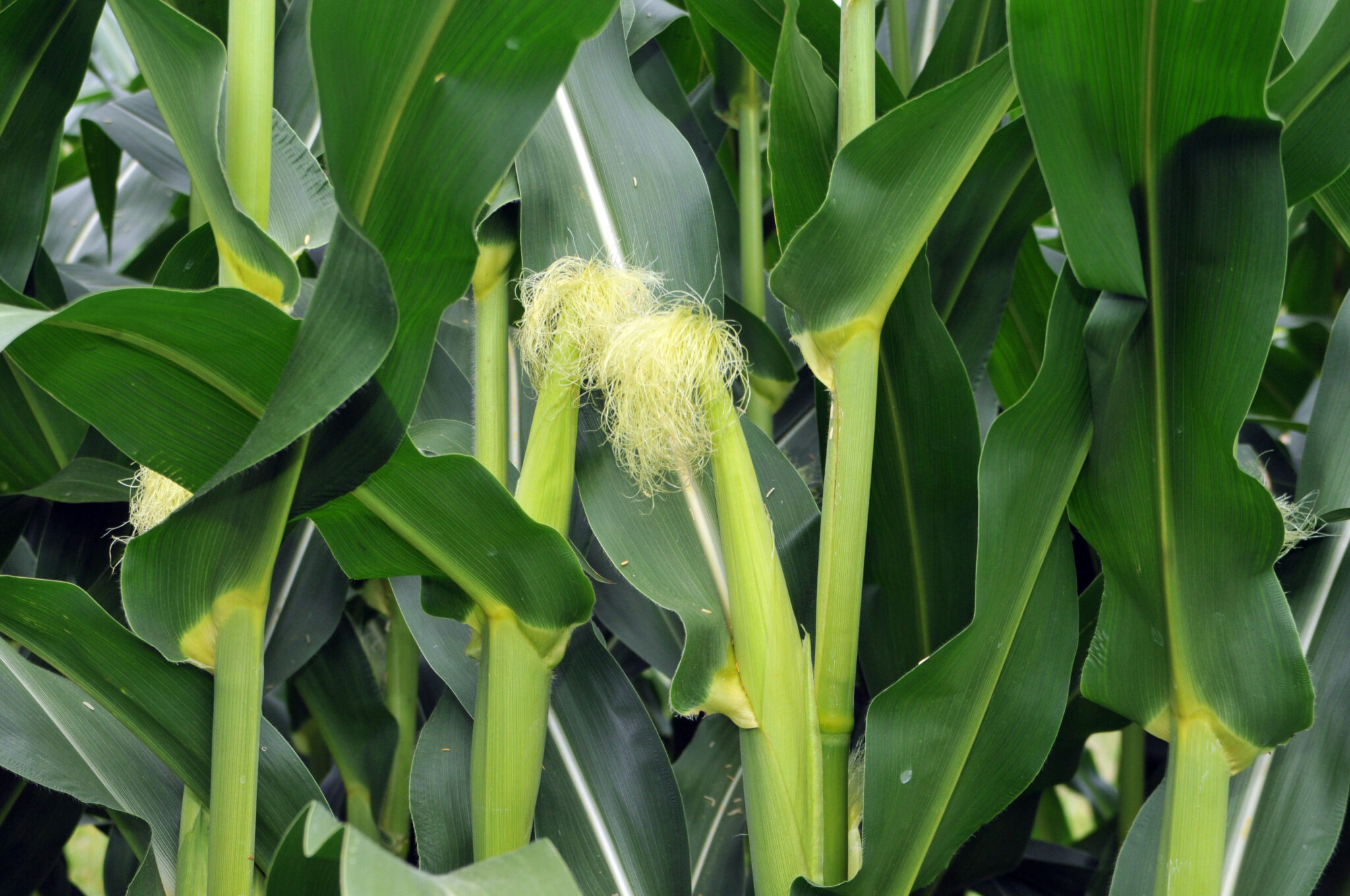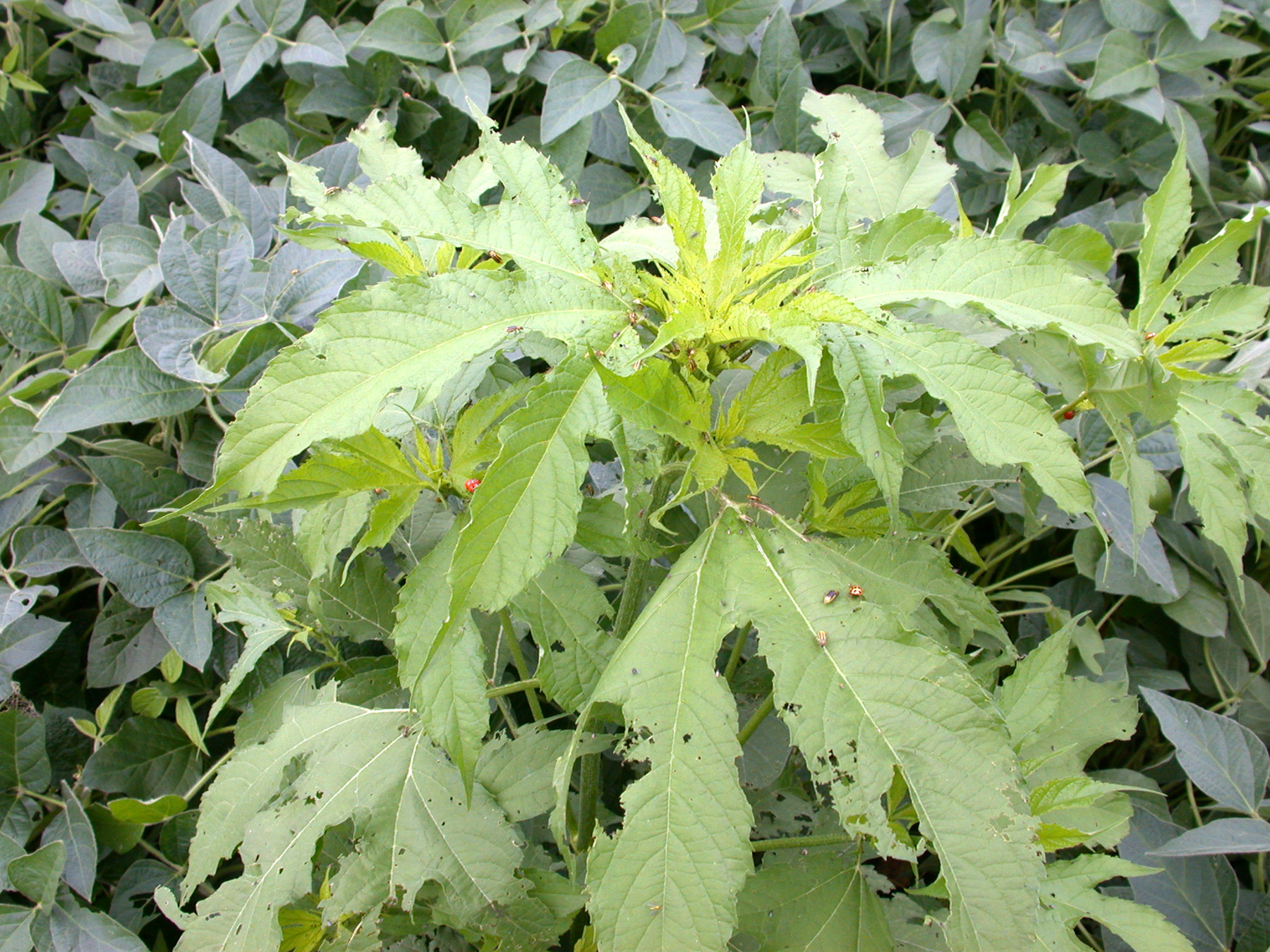We’ve received multiple reports of impressive rootworm beetle populations in cornfields. Most of these fields were continuous corn without rootworm larval protection. These fields seem to be the exception, but the increasing trend is troublesome. This article is a reminder that is pest is still alive and well.

If corn is being going into this field next year, rootworm protection is needed! (Photo Credit: John Obermeyer)
For years, high adoption of highly effective Bt hybrids for rootworm control has likely contributed to a decline in rootworm populations. Overall, Indiana producers have managed this pest through a combination of crop rotation and/or use of Bt-rootworm hybrids. This approach, over many years, drastically reduced rootworm populations compared to 20 years ago. More recently, as state-wide rootworm risks to corn damage declined, producers have used less rootworm protection on their corn. This was a combination of those wanting to save money and take a chance with no protection or those assessing their risks on a field-by-field basis with scouting and appropriate management tactics (IPM). Now is the time one can make assessments for next year’s corn.

Absence of rootworm beetles indicates risk to next year’s corn is low! (Photo Credit: John Obermeyer)
Consider that fewer beetles will lay fewer eggs for next year. Now is the time when beetle populations can be assessed in pollinating corn and soybean for next year’s rootworm risk where corn will be planted. Pollen from a multitude of weeds (e.g., foxtails, volunteer corn, ragweeds, lambsquarters, pigweeds, etc) will draw them in to feed, potentially leading to unexpected lodging. Investigations in these areas during the next few weeks will help make informed control decisions for next year.

Weeds in this soybean field, especially when pollinating, attract western corn rootworm beetles. (Photo Credit: John Obermeyer)
There are “formal” sampling methods that have been devised, e.g., plant counts, yellow-sticky cards, sweep net, but nothing replaces “boots in the field.” In cornfields, enter beyond the end rows and observe for beetles in/around the corn ear silks or surrounding leaves. As you do this in several locations, are you seeing beetles or their feeding damage to silks? In soybean, after most of the morning dew has burned off, look for the beetles near the top of the foliage, perhaps even feeding on the leaves. If there are weed patches, inspect them for beetles feeding on the pollen.
To correctly use any control strategy is to use it when and where it is needed. Knowing your rootworm larval risk for next year, by assessing beetles now, is the most efficacious and cost-effective approach for managing this pest. Too, by using control strategies (e.g., Bt-RW) only when warranted, we will extend the life of its availability for years to come.
Happy scouting!


